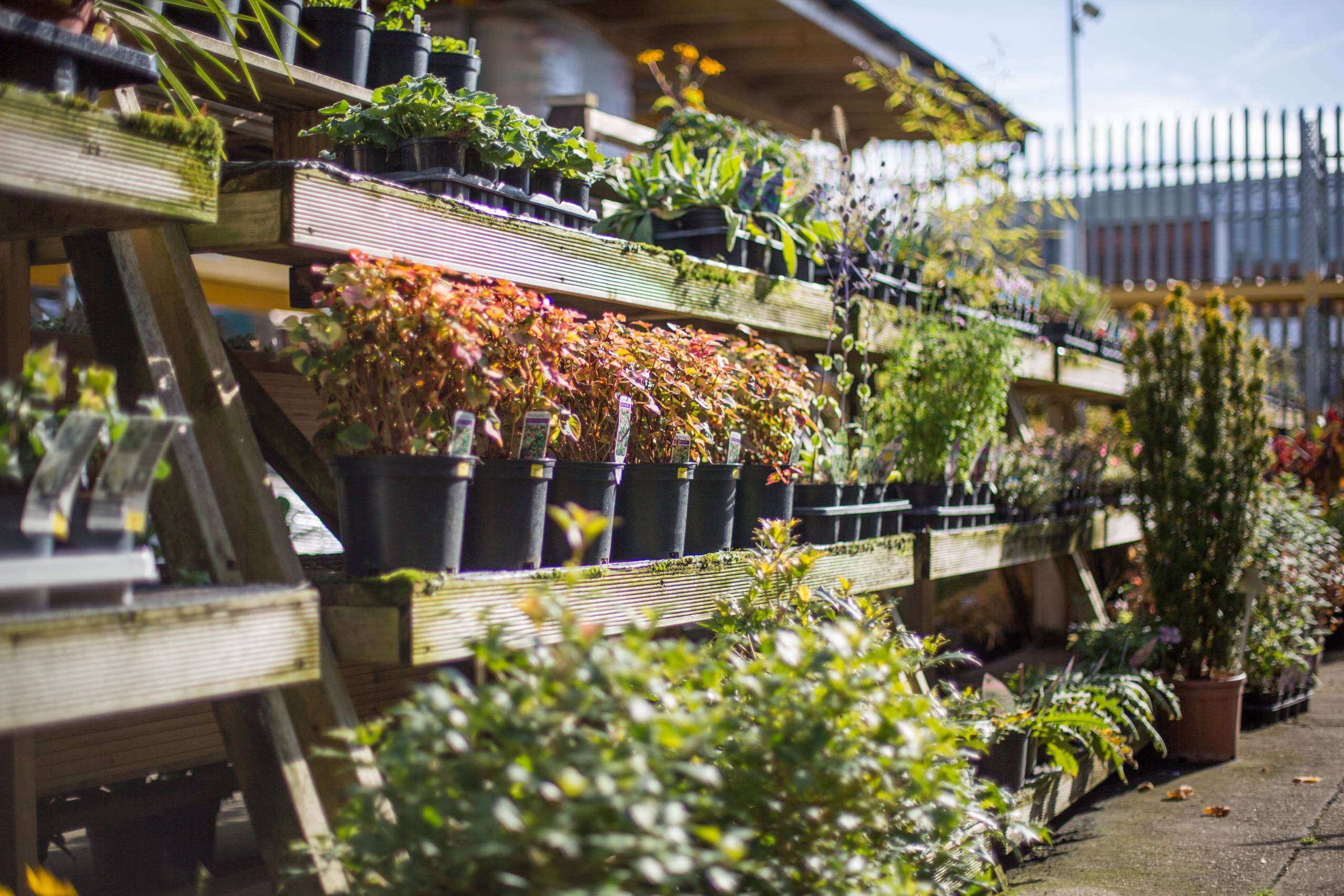A DIY Guide to Building Raised Beds
There haven’t been many benefits to lockdown, but those lucky enough to have gardens may have been grateful for the extra time they’ve had to get them straight. It still looks like we’re all going to be spending more time at home than usual for the foreseeable future, so if you’re looking for a new garden project, raised DIY garden beds are a great idea.

Here’s a quick guide to how you might go about turning your raised bed garden ideas into reality.
Make your plans
Before you do anything you need to carefully plan your raised bed garden layout, so you know exactly how much space you have to work with and where your raised garden beds are going to go. Only then can you start thinking about what you’re going to make them out of and what you’re going to fill them with.
When you’re making your raised bed garden plans, bear in mind that you don’t want them any wider than about four feet. This should allow you to reach comfortably into the middle to plant, weed and harvest (if you’re growing veg) without having to stand on the soil.
Each bed should be between 12 and 24 inches deep and, if you’re making several beds, make sure you leave a big enough gap between them so you can easily get you and your wheelbarrow through.
Choose your materials
There are a number of things you can use to make the walls of your raised bed. Popular choices include:
- Stone – unless you can freely source suitable stone elsewhere, this will be quite an expensive option but is likely to require less maintenance in the long run. It looks great, though.
- Brick – allows you to add a bit of style as you can build curves into your bed. Generally both a strong and durable material, although domestic bricks, being porous, won’t last as long as engineering bricks.
- Timber – a common and popular option. Pressure treated timber for raised beds will last longer as it will be more resistant to damp. You can treat the wood yourself, but be careful what you use as you don’t want chemicals getting into your soil. Secure them at the corners with galvanised screws to ensure stability.
- Railway sleepers – there are still a lot of old sleepers around which are impregnated with creosote and should never be used in the garden. Use railway sleepers treated with other preservatives or hardwood sleepers.
- Paving slabs – not the most attractive choice, but they’re relatively inexpensive. Given the weight, you’ll need to sink about a quarter of each slab under the ground.
Fill with soil
How you go about filling your bed will probably depend on what kind of soil you have and what you’re building it on. If you’re building it onto a hard surface, you’ll need to allow drainage. For good soil, you can remove it, replace it at the bottom with subsoil or rubble and then put it back on top, mixed with compost. Otherwise, leave it where it is and top with some better soil.
And finally…
The last of our raised bed gardening tips is very straightforward: plant something!
At Hitchcock & King, we can help you create your own cheap raised beds thanks to our wide range of affordable tools and materials perfect for all your DIY needs. With branches in Ashford and across London, we’re ideally placed to help you with all your raised bed garden ideas, so give us a call today.
